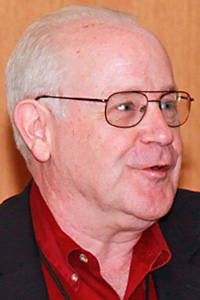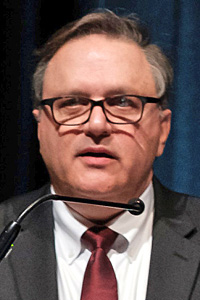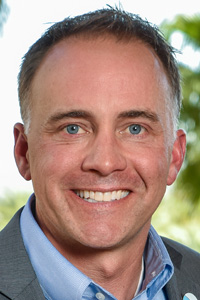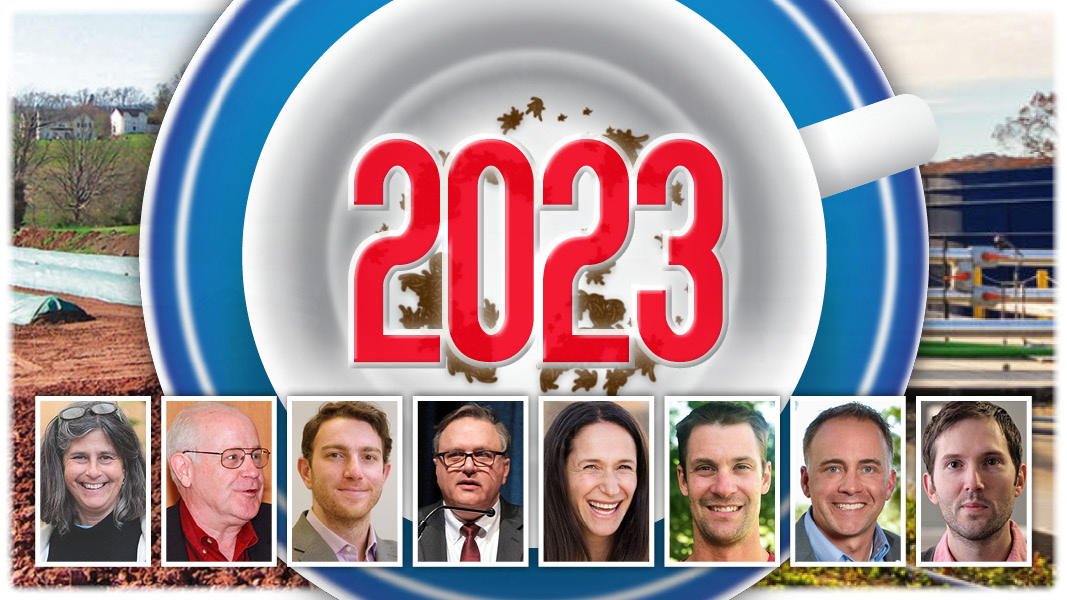Nora Goldstein
On December 29, while having my morning coffee and listening to NPR’s Morning Edition, host A. Martinez introduced a story that piqued my curiosity. It featured New Year’s resolutions related to climate change and how to reduce your carbon footprint. Martinez introduced a new NPR climate team reporter, Julia Simon, who had investigated the topic.
Simon started with a definition of a “climate resolution” as “something that will reduce emissions.” Her 2023 resolutions to reducing her carbon footprint are to take less flights and eat less meat. Then Martinez asked Simon, “What’s a good New Year’s resolution to start off with?”
Her reply made me yell out a big hooray: “Two words — food waste. Up to 40% of food gets wasted in the U.S. And wasted food in a landfill releases methane, which is this really potent, planet-heating gas. So one New Year’s resolution is to use the food we buy.”
New Year’s resolutions aside, I had been mulling over content for an article in the January 11 edition of BioCycle CONNECT that focuses on our “reading of the tea leaves” for the organics recycling and food waste sectors in 2023. This NPR story created a sense of optimism about what is in store in 2023 — BioCycle definitely predicts increasing national attention on the critical importance of significantly reducing food loss and waste.
Another prediction I’d like to add is that the number of programs to collect residential food waste, and the number of facilities available to process them will grow in 2023. This month, BioCycle is undertaking surveys to update our database of food waste composting facilities and programs that provide residential food waste collection access in the U.S. While updating our contact lists the other day, I quickly discovered new curbside and drop-off food waste collection programs. And looking at various state’s maps of food waste composting facilities, I also have been finding an increase in the number of operations. So my reading of the tea leaves for 2023 is more U.S. households will have access to recycling their food scraps, and those food scraps will have more destinations where they can be processed.
2023 Predictions
BioCycle asked our editors and colleagues for their reading of the tea leaves. We tapped folks who represent the broad spectrum of BioCycle’s editorial coverage. We are grateful to them for fulfilling our request on short notice. Their predictions are presented below in alphabetical order by name.
Sally Brown
University of Washington and BioCycle Senior Editorial Advisor

To me, my prediction is more a sigh of relief than a dream come true. The hysteria surrounding the parts per billion concentrations of PFAS in composts and biosolids will gradually be replaced with a more pragmatic and reality-based approach. Michigan has come up with a common sense way to regulate PFAS in biosolids. Test your material. If it is above background, use source control (industrial pretreatment) to identify likely culprits. Limit their discharges into the system and then go back to business as usual. This makes sense, is not overly disruptive and comes with the understanding that ability to detect is not the same thing as the sky is falling. Michigan’s approach is a breath of fresh air compared with the biosolids ban in Maine that has done nothing except raise costs for all municipalities and the resulting waste of a resource.
A number of recent studies have shown that these compounds are everywhere and in everything. Concentrations in composts and biosolids are confirmation of that rather than the source of the problem. Recent legislation in California has shown a pathway out of PFAS — banning use in textiles and food packaging. We ate pizza and popcorn before PFAS and will still be able to indulge after these compounds are phased out of most uses.
Craig Coker
Coker Composting & Consulting and BioCycle Senior Editor

PFAS levels in biosolids compost will render them unmarketable and unusable in many states except in non-public exposure applications (e.g. landfill daily cover). And microplastics will become a regulated inert pollutant in finished compost, although this might not happen until 2024 or 2025.
Kamal Daghistani
Senior Associate, Spring Lane Capital

My prediction is a mixed bag for 2023 investments in organics recycling. The sector should see tailwinds from increased regulatory mandates, social pressure, and voluntary targets continuing to drive diversion from landfills. However, securing cheap capital may be challenging due to macroeconomic conditions, causing new project development to see thinner margins. This could lead to industry consolidation and companies with bigger balance sheets faring better than smaller mom-and-pop shops. I suspect funding will flow to companies that are already well-capitalized or can show they’re able to weather this looming recessionary period.

Frank Franciosi
Executive Director, US Composting Council
The industry will be recognized on a national level and more federal funding will be available.
Dana Gunders
Executive Director, ReFED

The biggest “new” thing this year is federal funding becoming available. Between current U.S. EPA opportunities and potentially new ones, from USDA’s $90 million commitment to food loss and waste and the still-to-be-allocated Inflation Reduction Act funds at the EPA, there will be more grants available than ever before for food waste reduction. It will be exciting to see what they can accomplish!
Brett Reinford
Reinford Farms

There will be an explosion in on-farm anaerobic digester (AD) development. I have been approached by a lot of farms that are considering installing them this year. I think with the additional funding that we are seeing from the government and private investors that it will be an ideal time to move forward with these types of investments. Activation of the eRIN [electric vehicle] pathway [currently in a federal comment period] will help make that happen. In terms of biogas markets, all the private investors who have talked to us have only been interested in the renewable natural gas (RNG) potential of the biogas our digesters generate. The eRINs have the potential to be just as lucrative as the RNG without some of the logistical and infrastructure challenges.
Patrick Serfass
Executive Director, American Biogas Council

We’re going to see a continuation of trends from 2022, specifically continued RNG project development fueled by the passage of the Inflation Reduction Act, the Low Carbon Fuel Standard and draft guidance from EPA on the Renewable Fuel Standard, and some more industry consolidation. I also think that we will continue to build the foundation for more voluntary RNG sales, the sale of carbon credits, and new biogas electricity projects. Finally, I predict we’ll get at least one new state to pass clean fuel standard legislation, which will be the first state/province off the West Coast.
Rhodes Yepsen
Executive Director, Biodegradable Products Institute

I predict that in 2023 we’ll see at least one more state pass Extended Producer Responsibility laws that appropriately direct funds to composters to help with the costs of processing compostable packaging, and for managing contamination. And we’ll likely see announcements from big brands entering into the compostable packaging space.













